1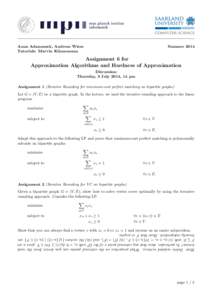 | Add to Reading ListSource URL: resources.mpi-inf.mpg.deLanguage: English - Date: 2014-07-03 07:48:38
|
|---|
2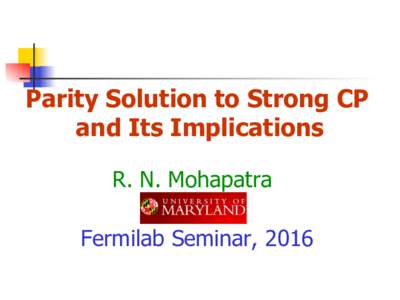 | Add to Reading ListSource URL: theory.fnal.govLanguage: English - Date: 2016-04-09 13:10:19
|
|---|
3 | Add to Reading ListSource URL: www.levreyzin.comLanguage: English - Date: 2011-07-12 15:23:57
|
|---|
4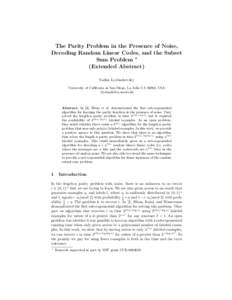 | Add to Reading ListSource URL: www.di.ens.frLanguage: English - Date: 2010-09-13 15:36:39
|
|---|
5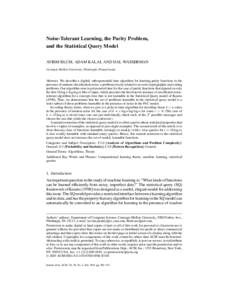 | Add to Reading ListSource URL: research.microsoft.comLanguage: English - Date: 2011-03-02 19:24:24
|
|---|
6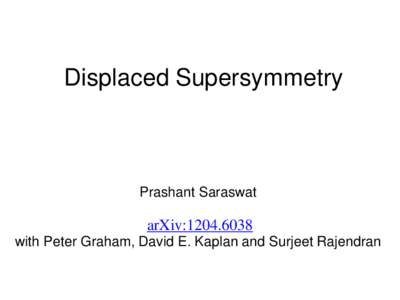 | Add to Reading ListSource URL: theory.fnal.govLanguage: English - Date: 2015-04-03 15:20:39
|
|---|
7 | Add to Reading ListSource URL: pub.ist.ac.at- Date: 2010-04-28 09:52:07
|
|---|
8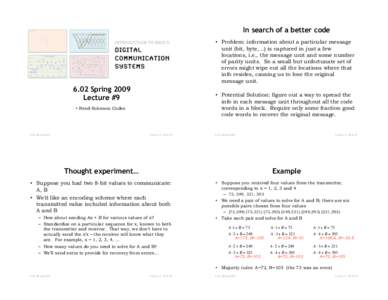 | Add to Reading ListSource URL: web.mit.eduLanguage: English - Date: 2009-03-04 09:36:52
|
|---|
9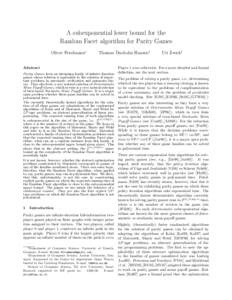 | Add to Reading ListSource URL: files.oliverfriedmann.deLanguage: English - Date: 2012-02-10 07:43:15
|
|---|
10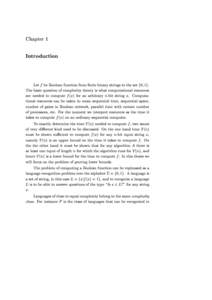 | Add to Reading ListSource URL: www.nada.kth.seLanguage: English - Date: 2011-01-05 06:16:54
|
|---|